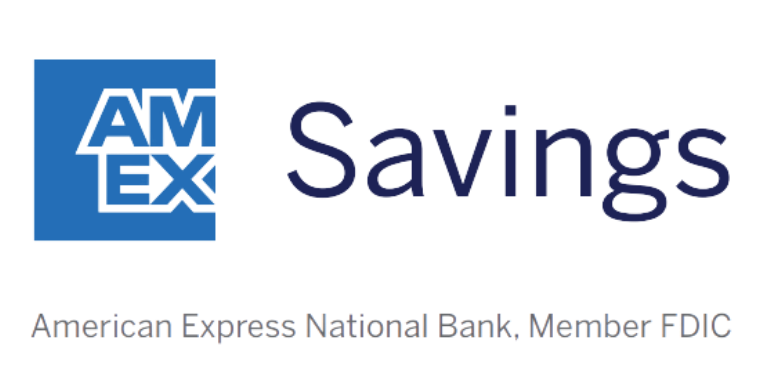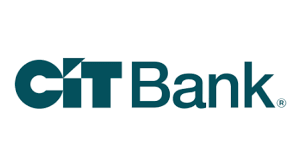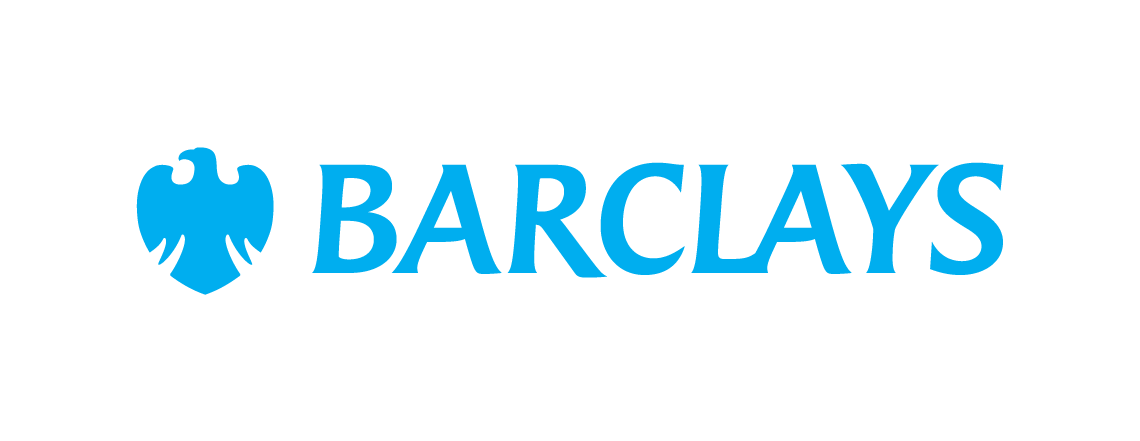I'm 40 Years Old With $100,000 in My 401(k). Am I on Track to Retire?
KEY POINTS
- A common guideline is to have two to three times your salary saved for retirement by age 40.
- How much you want to spend in retirement plays a big factor in how much you'll need to have saved.
- Don't panic. It's better to start saving late in the game than not at all.
Reaching 40 years old with $100,000 in a 401(k) is a solid achievement, but if you're on schedule to retire at your goal age depends on factors like your preferred lifestyle, future savings rate, and expected expenses in retirement. Let's break it down.
How much should you have saved by 40?
Financial experts often use retirement savings benchmarks to determine whether someone is on track. A common guideline is to have two to three times your salary saved by age 40. That means if you earn $50,000 per year, a $100,000 401(k) balance is on the low end of the target. But if your salary is closer to $80,000 or $100,000, you may need to ramp up your savings.
Of course, these are just general guidelines. The real question is whether current savings habits will lead to a comfortable retirement down the road.
Behind schedule for your retirement savings? Open an IRA today to start building wealth.
Our Picks for the Best High-Yield Savings Accounts of 2025
| Product | APY | Min. to Earn | |

American Express® High Yield Savings
Member FDIC.
APY
3.70%
Rate info
3.70% annual percentage yield as of April 15, 2025. Terms apply.
Min. to earn
$0
Open Account for American Express® High Yield Savings
On American Express's Secure Website. |
3.70%
Rate info
3.70% annual percentage yield as of April 15, 2025. Terms apply.
|
$0
|
Open Account for American Express® High Yield Savings
On American Express's Secure Website. |

CIT Platinum Savings
Member FDIC.
APY
4.10% APY for balances of $5,000 or more
Rate info
4.10% APY for balances of $5,000 or more; otherwise, 0.25% APY
Min. to earn
$100 to open account, $5,000+ for max APY
Open Account for CIT Platinum Savings
On CIT's Secure Website. |
4.10% APY for balances of $5,000 or more
Rate info
4.10% APY for balances of $5,000 or more; otherwise, 0.25% APY
|
$100 to open account, $5,000+ for max APY
|
Open Account for CIT Platinum Savings
On CIT's Secure Website. |

Barclays Tiered Savings
Member FDIC.
APY
4.10%
Rate info
Balances less than $250,000 earn 4.10%, and balances greater than $250,000 earn 4.30%.
Min. to earn
$0
Open Account for Barclays Tiered Savings
On Barclays' Secure Website. |
4.10%
Rate info
Balances less than $250,000 earn 4.10%, and balances greater than $250,000 earn 4.30%.
|
$0
|
Open Account for Barclays Tiered Savings
On Barclays' Secure Website. |
Will $100,000 grow enough by retirement?
You need to make an educated forecast of how much $100,000 will grow by retirement if it's left untouched. The answer depends on investment returns. Historically, the stock market has averaged around 10% annually, but a more conservative estimate of 7% is often used for long-term planning.
Here's how $100,000 could grow by age 65:
- At 10% growth: ~$1.08 million
- At 7% growth: ~$542,000
While these numbers look promising, most people will need more than this to retire comfortably -- especially if they plan to rely on savings for 20 to 30 years. That's why continuing to contribute to your 401(k) or IRA is crucial to building a solid retirement fund.
Hit your retirement goals by opening a brokerage account today. Check out our list of best brokers here.
How much should you be saving?
If the goal is to retire comfortably, financial planners often recommend saving 15% to 20% of annual income, including employer contributions.
For example, if someone age 40 with $100,000 in their 401(k) earns $70,000 per year and contributes 10% of their salary while receiving a 4% employer match, their 401(k) savings would look something like this:
- By 50: ~$330,000
- By 60: ~$790,000
- By 65: ~$1.1 million-plus
This assumes a 7% annual return and steady contributions. Increasing the savings rate -- even by just a few percentage points -- could significantly boost retirement funds.
Other factors to consider
1. Lifestyle and retirement goals
How much someone needs in retirement depends on lifestyle expectations. A person planning to travel frequently or retire early will need more savings than someone who plans to live modestly in a low-cost area.
2. Other retirement accounts
A 401(k) isn't the only option for retirement savings. If someone also has an IRA, taxable investment accounts, or rental income, their overall retirement picture could be much stronger.
3. Social security benefits
Social Security can supplement retirement savings, but it's unlikely to cover all expenses. The average monthly benefit in 2024 is about $1,900, but actual benefits depend on lifetime earnings.
4. Debt and expenses
Entering retirement debt free can make a big difference. Paying off a mortgage, credit cards, and other loans before retiring can reduce the amount needed from savings.
Steps to get on track
If $100,000 at age 40 isn't quite where someone wants to be, there are ways to catch up:
- Increase contributions: Boosting 401(k) contributions by 1% to 2% per year can add up significantly over time.
- Max out employer match: Not taking full advantage of an employer match is leaving free money on the table.
- Open an IRA: A Roth IRA or traditional IRA can provide additional tax advantages and investment flexibility.
- Consider brokerage accounts: Taxable investments can supplement retirement savings without the withdrawal restrictions of a 401(k).
- Delay retirement if needed: Working a few extra years can allow more time for savings to grow while increasing Social Security benefits.
Evaluate where you stand
A $100,000 401(k) at age 40 is a solid foundation, but whether it's enough depends on future savings and retirement goals. By increasing contributions, minimizing debt, and taking advantage of investment growth, there's still plenty of time to build a comfortable retirement.
Our Research Expert
We're firm believers in the Golden Rule, which is why editorial opinions are ours alone and have not been previously reviewed, approved, or endorsed by included advertisers. Motley Fool Money does not cover all offers on the market. Motley Fool Money is 100% owned and operated by The Motley Fool. Our knowledgeable team of personal finance editors and analysts are employed by The Motley Fool and held to the same set of publishing standards and editorial integrity while maintaining professional separation from the analysts and editors on other Motley Fool brands. Terms may apply to offers listed on this page. APYs are subject to change at any time without notice.